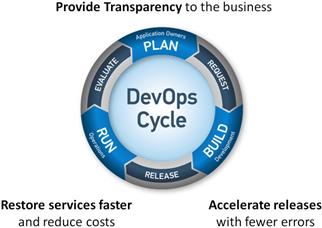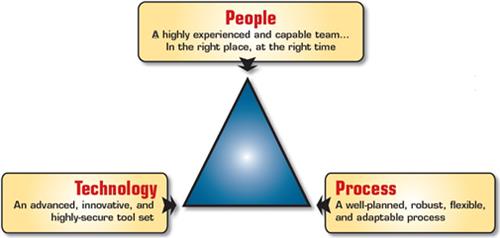DevOps Strategies & Best Practices: A Comprehensive Guide
By Alex Carter on March 21, 2025
The revolutions in mobile and cloud computing have significantly transformed how organizations conduct business. Mobile devices have become the primary computing platform, and cloud computing has introduced more agile frameworks for managing software. As a result, software release cycles that once spanned 18-24 months have been compressed to as little as three months for an initial version and six months for a full feature set. To keep up with this accelerated pace, businesses must integrate Development, Operations, and Quality Assurance (QA) teams more effectively. This necessity has given rise to DevOps.
What is DevOps and Why is it Important?
DevOps represents a cultural and technological shift in how software services are managed. It is a methodology that emphasizes collaboration, automation, and continuous delivery to streamline the development and deployment processes. At its core, DevOps is about aligning people, processes, and technology to improve efficiency, reduce costs, and enhance customer service.

Key Components of DevOps:
- Enhanced Collaboration: Integrating Development, QA, and Operations teams for seamless coordination;
- Continuous Integration & Delivery: Ensuring that software updates are deployed rapidly and reliably;
- Automation: Reducing manual intervention in testing, deployment, and infrastructure management;
- Cultural Change: Encouraging innovation, adaptability, and an agile mindset across teams.
Strategies for Implementing DevOps
Secure Executive Buy-In
Transitioning to DevOps requires organizational commitment. Securing support from senior leadership is crucial. Executives must understand DevOps’ potential for improving ROI, speeding up application releases, and enhancing overall software quality. Demonstrations of cloud-based automation tools and cost-saving analyses can help build a compelling case for DevOps adoption.
Develop a DevOps Roadmap
A structured roadmap is essential for implementing DevOps successfully. Organizations should set clear objectives for 3 months, 6 months, 1 year, and beyond. Key performance indicators (KPIs) to track include:
- Time required to set up an environment;
- Time from change request to release;
- Number of deployments per month;
- Mean time to resolution.
The roadmap should remain dynamic, evolving as new insights emerge.

Continuous Software Delivery
DevOps enables continuous software delivery, ensuring that new ideas move swiftly from development to production. This is largely achieved through Continuous Integration (CI), where code changes are frequently merged into a shared repository, ensuring that the software is always in a deployable state. This contrasts with traditional, cumbersome deployment models where global updates were infrequent and error-prone.
To implement continuous delivery, organizations should:
- Establish a test environment for automated testing and deployment;
- Assign ownership of the continuous delivery pipeline to a dedicated team initially;
- Iterate and refine processes based on testing outcomes.
Foster a DevOps Culture
DevOps is not just about technology—it’s about people and processes. Cultural transformation requires a shift in behavior. Organizations should:
- Promote innovation through brainstorming sessions and incentives;
- Reward employees who identify and implement efficiency improvements;
- Encourage leadership to model DevOps principles to drive adoption across the company.
Leverage Automation Tools
Automation is a cornerstone of DevOps. It enhances efficiency and reduces human error in testing, deployment, and infrastructure management. Many tools exist to streamline DevOps practices, including:
- CI/CD Tools: Jenkins, Bamboo, TeamCity;
- Configuration Management: Ansible, Puppet, Chef;
- Monitoring & Performance: New Relic, Stackdriver, SolarWinds;
- Testing & Deployment: Selenium, Sauce Labs, UrbanCode;
- Cloud & Infrastructure: RightScale, SaltStack, XebiaLabs.
Organizations should invest in automation solutions that best fit their needs, ensuring seamless software development and deployment.

Conclusion: Bringing It All Together
Implementing DevOps requires a strategic blend of technology, process refinement, and cultural transformation. Businesses must:
- Gain executive support;
- Develop a clear roadmap with measurable KPIs;
- Implement continuous delivery and integration;
- Foster an open and innovative DevOps culture;
- Invest in automation tools to streamline operations.
By following these best practices, organizations can successfully adopt DevOps, accelerating software delivery while maintaining high quality and operational efficiency.
Posted in blog, Web Applications
Alex Carter
Alex Carter is a cybersecurity enthusiast and tech writer with a passion for online privacy, website performance, and digital security. With years of experience in web monitoring and threat prevention, Alex simplifies complex topics to help businesses and developers safeguard their online presence. When not exploring the latest in cybersecurity, Alex enjoys testing new tech tools and sharing insights on best practices for a secure web.
